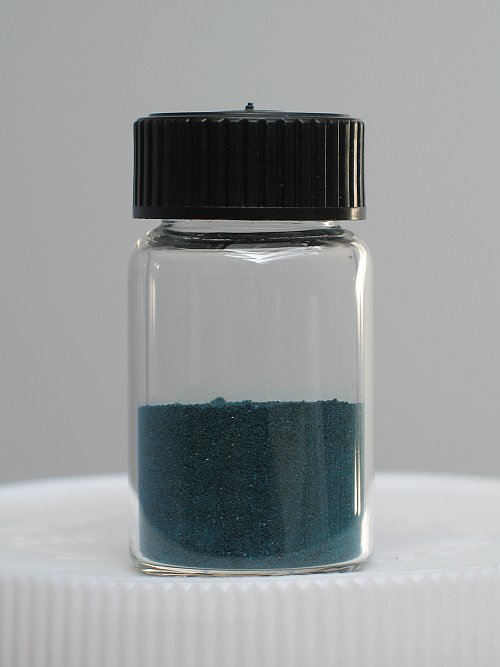
I have been trying this today without much(any if i'm honest)success
My procedure: Firstly i made a couple of electrodes by curling copper wire into a flat spiral then clipped them to a small beaker i filled the beaker to just above the spirals(40ml approx) with GAA and switched on the power(12vdc) after about an hour nothing had happened so i heated the beaker to 65oc still nothing so i added 5ml of 1mol cuso4 in the hope that this might make the solution a bit more conductive this just turned into a light blue precipitate and sank to the bottom of the beaker(i'm guessing the GAA stole all the h2o from the cuso4,perhaps a good way to make anhydrous cuso4 ?)I then added 10ml of 5% h2so4 the electrodes are now bubbling a bit but i don't have the deep blue solution i was hoping for!!!
Any suggestions?
Sorry i've put my post in the quote box

[Edited on 11-8-2009 by itchyfruit]




 ) you mean for example 100ml of 1mol cuso4 + 110ml of 1mol koh this would be a slight excess of koh is that correct?
) you mean for example 100ml of 1mol cuso4 + 110ml of 1mol koh this would be a slight excess of koh is that correct?

 )...
)...